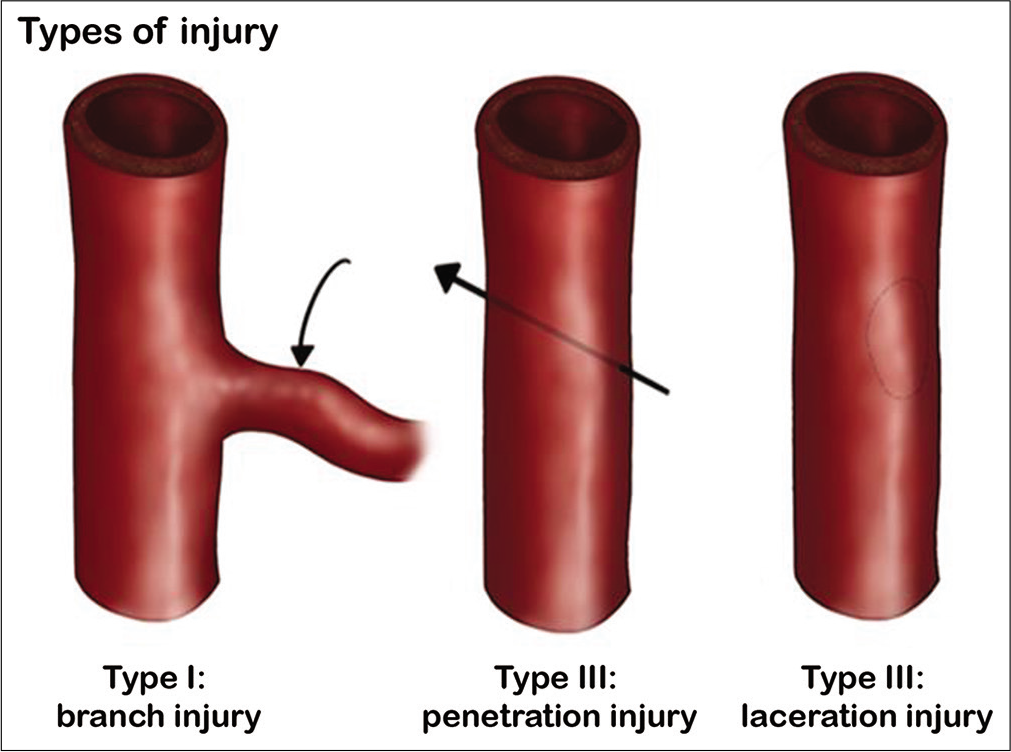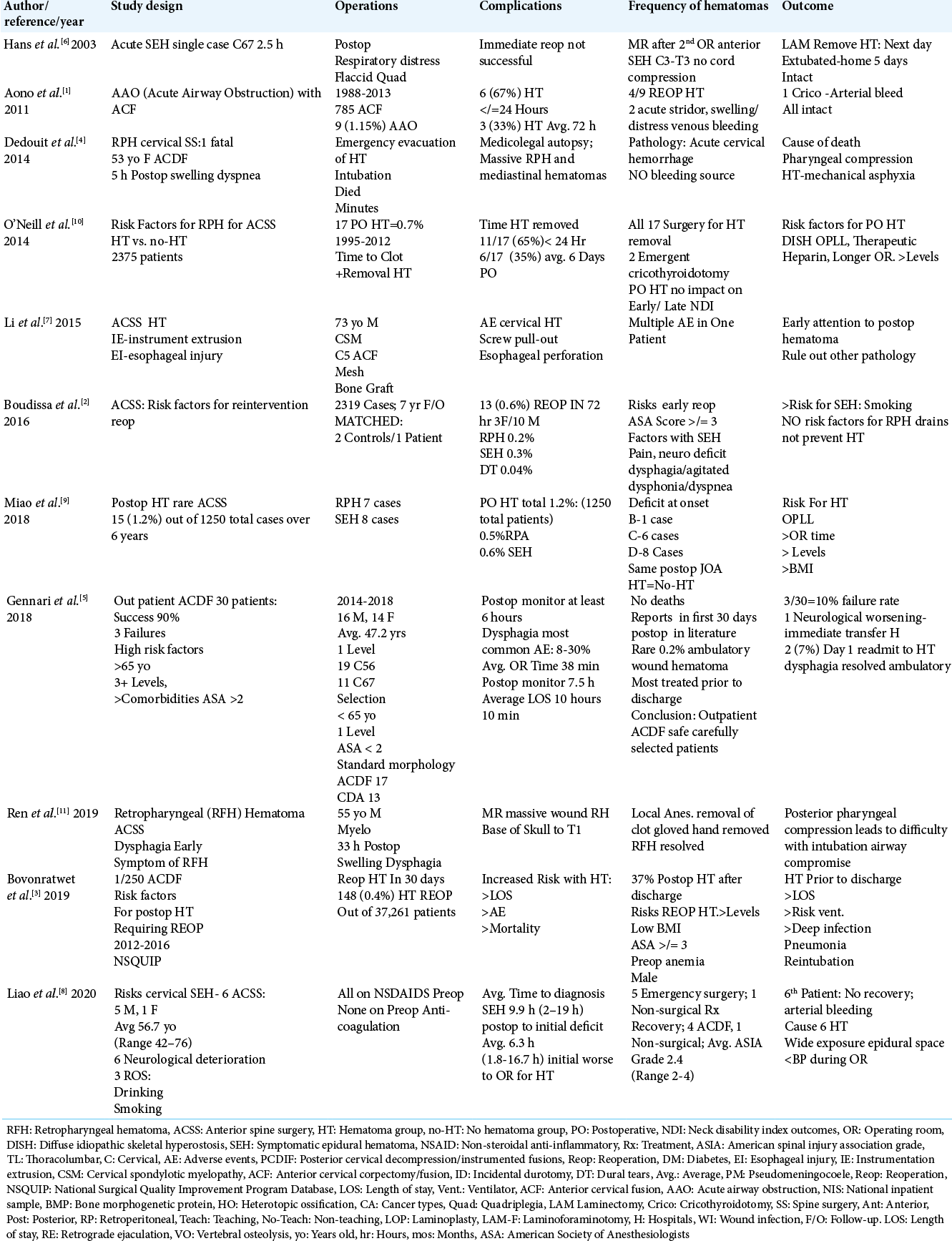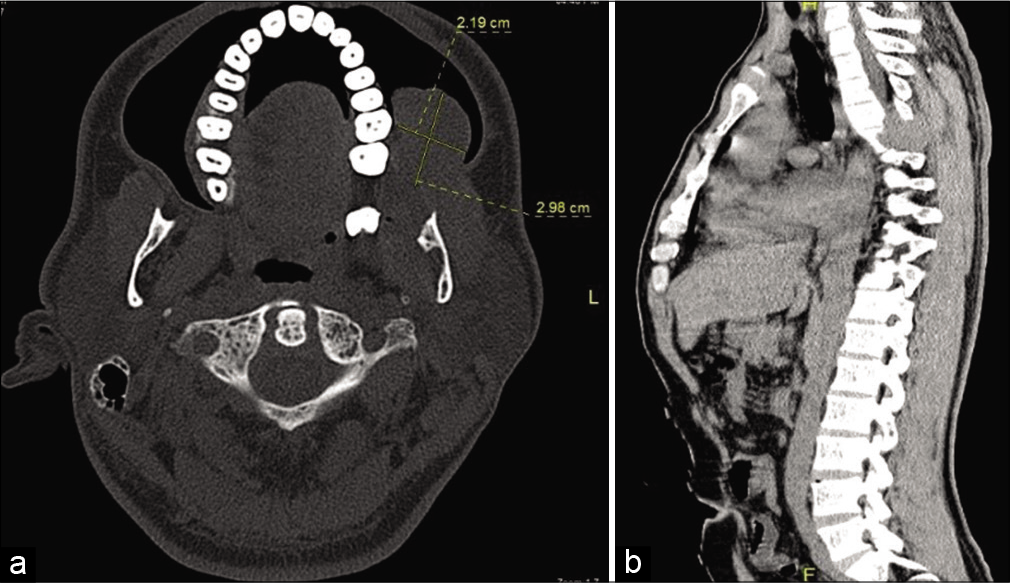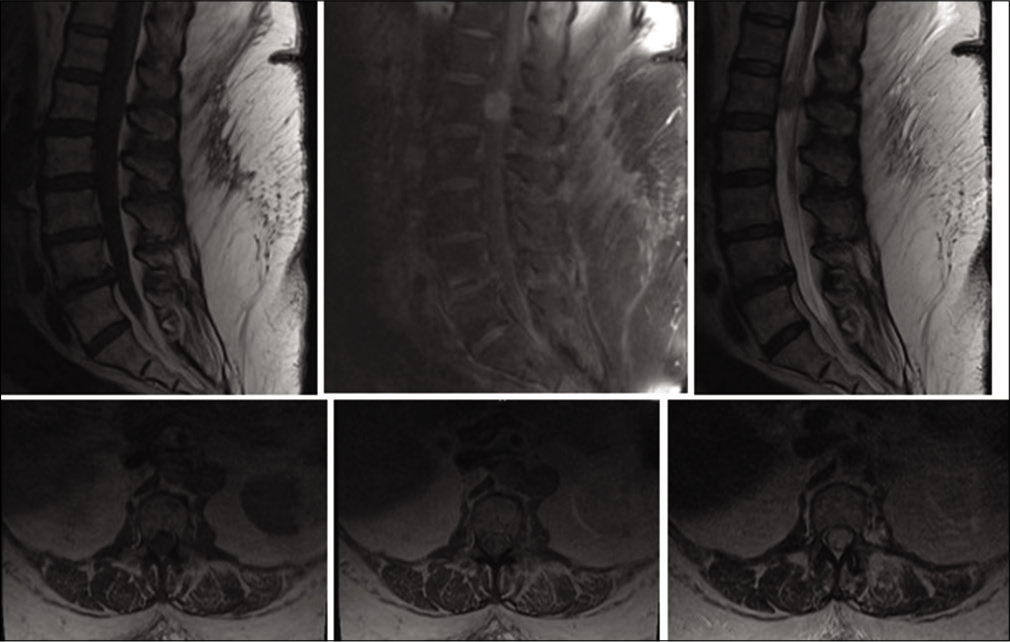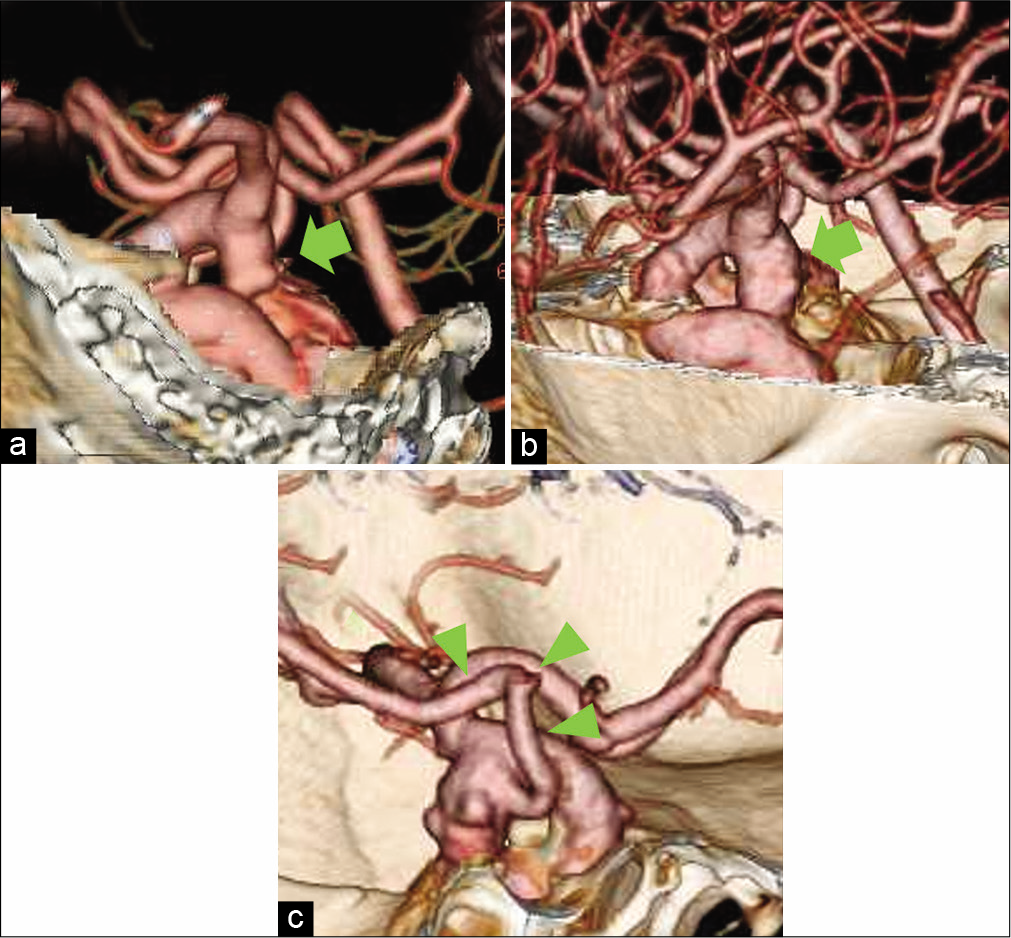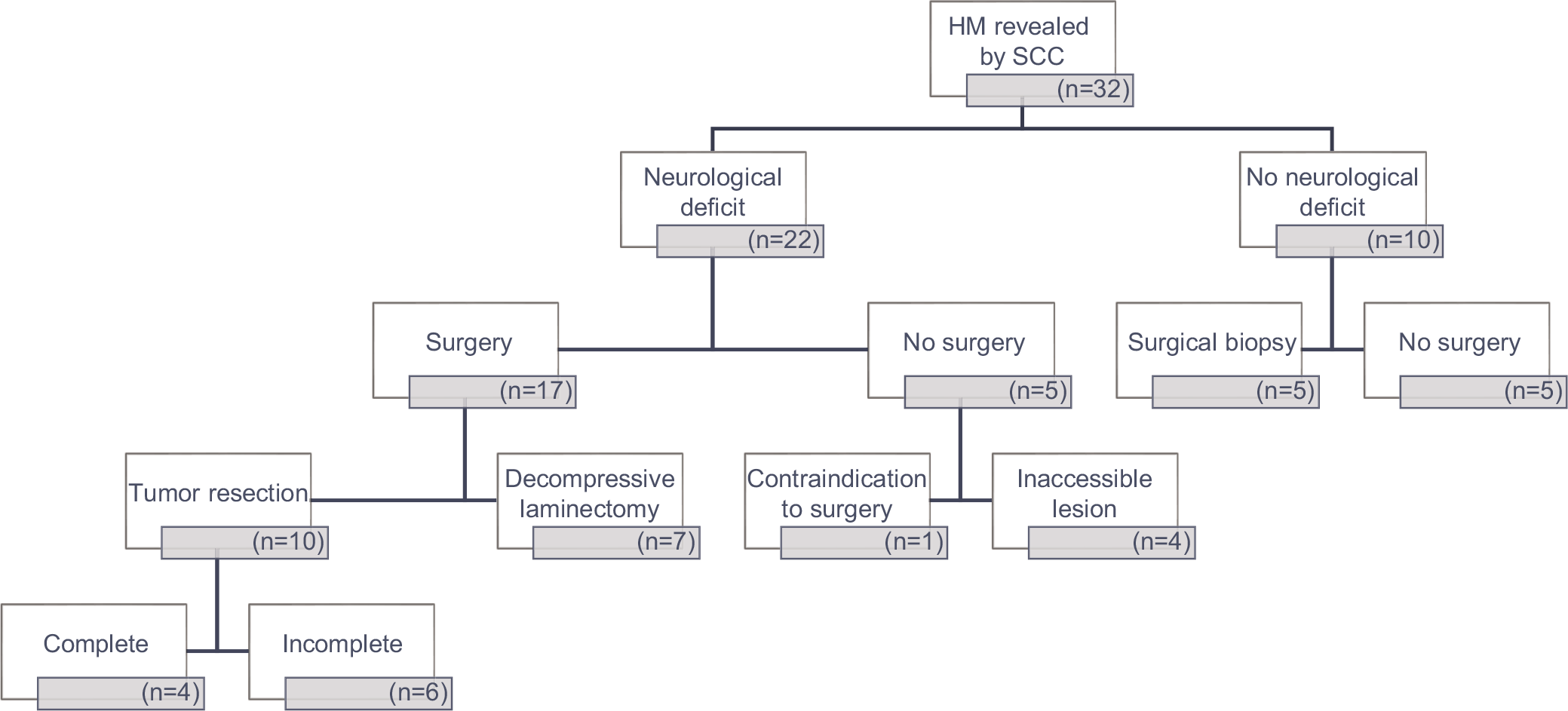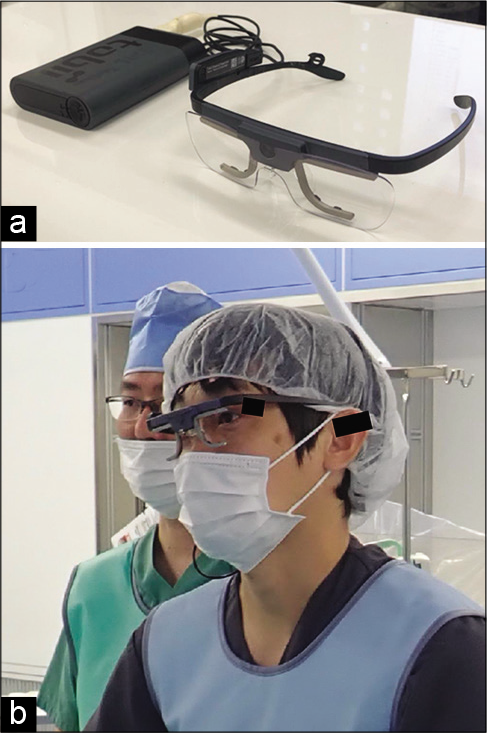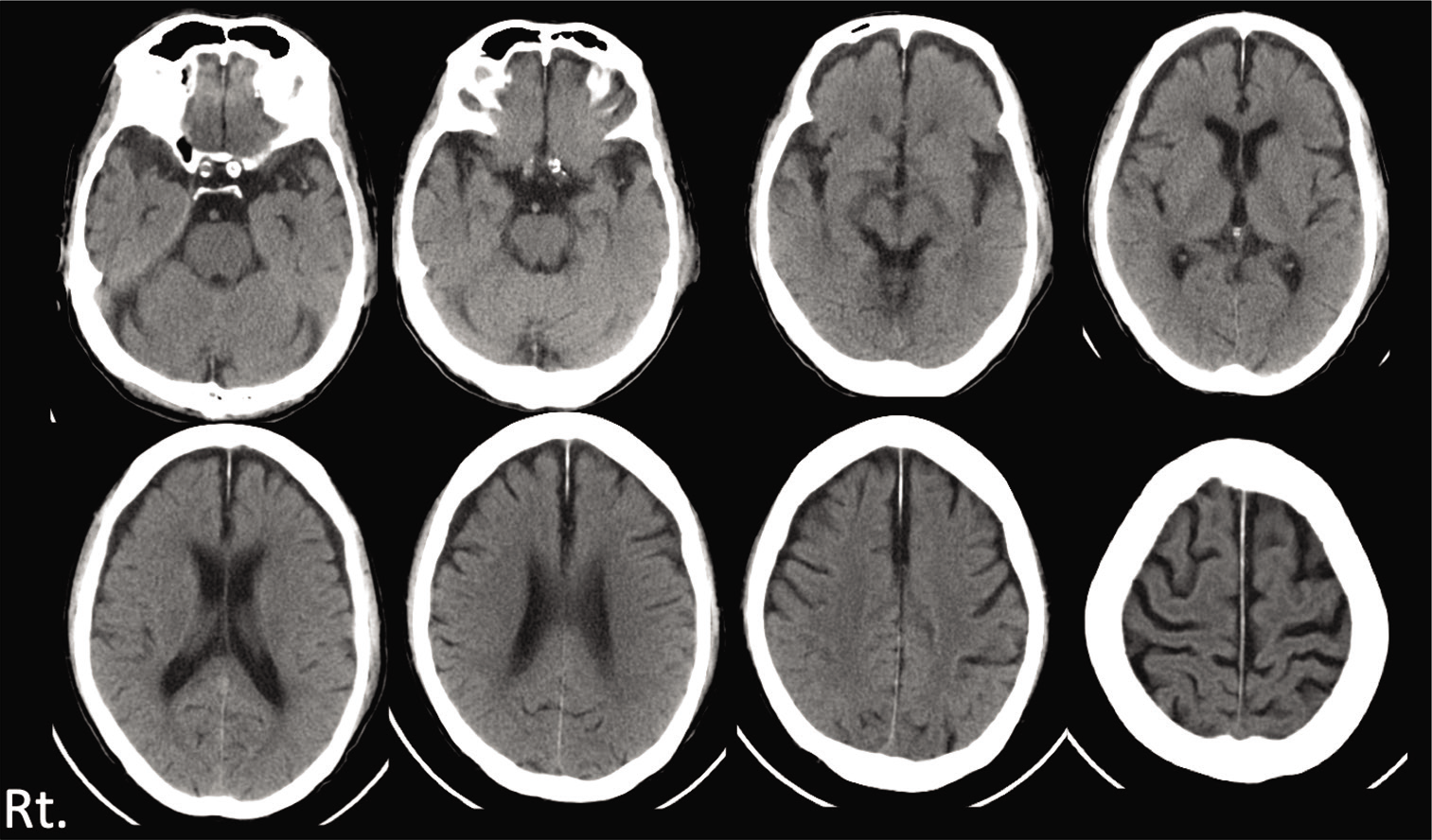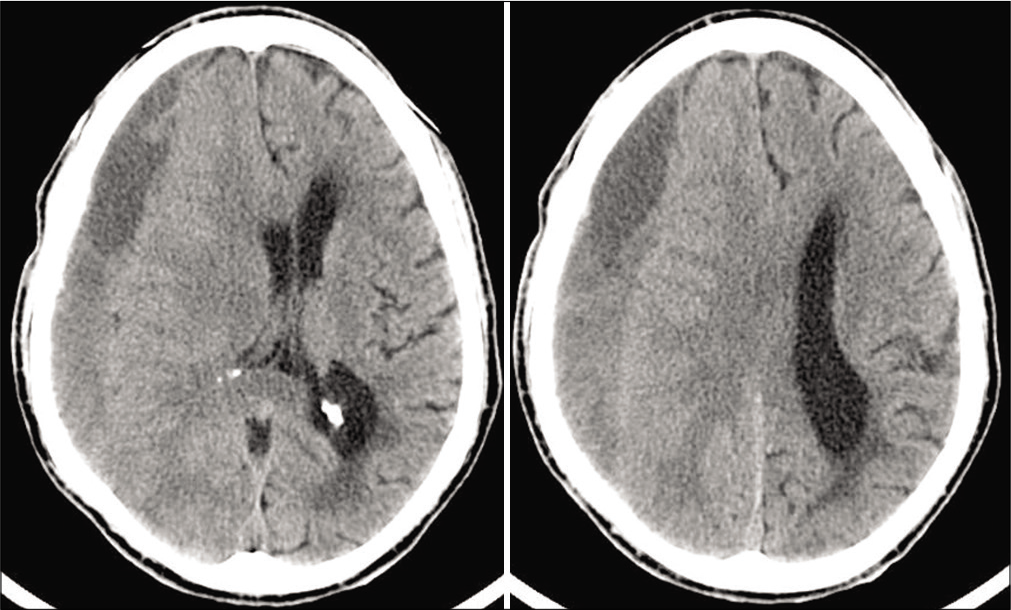Nerves transfers for functional hand recovery in traumatic lower brachial plexopathy
Date of publication: 29-Oct-2020
Background: Distal nerve transfers are an innovative modality for the treatment of C8-T1 brachial plexus lesions. The purpose of this case series is to report the authors’ results with hand restoration function by nerve transfer in patients with lower brachial plexus injury.
Classification of internal carotid artery injuries during endoscopic endonasal approaches to the skull base
Date of publication: 21-Oct-2020
Background: Internal carotid artery (ICA) injuries are a major complication of endoscopic endonasal approaches (EEAs), which can be difficult to manage. Adding to the management difficulty is the lack of literature describing the surgical anatomical classification of these types of injuries. This article proposing a novel classification of ICA injuries during EEAs.
Frequency, recognition, and management of postoperative hematomas following anterior cervical spine surgery: A review
Date of publication: 21-Oct-2020
Background: We reviewed the frequency, recognition, and management of postoperative hematomas (HT) (i.e. retropharyngeal [RFH], wound [WH], and/or spinal epidural hematomas [SEH]) following anterior cervical discectomy/fusion (ACDF), anterior corpectomy fusion (ACF), and/or anterior cervical spine surgery (ACSS).
Brown tumor due to primary hyperparathyroidism resulting in acute paraparesis: Case report and literature review
Date of publication: 21-Oct-2020
Background: Brown tumor (Osteoclastoma) is a rare benign, focal, lytic bone lesion most commonly attributed to a parathyroid adenoma; it occurs in approximately 5% of patients with primary hyperparathyroidism, and 13% of patients with secondary hyperparathyroidism. Most tumors are located in the mandible, pelvis, ribs, and large bones; only rarely is it found in the axial spine.
Intradural extramedullary spinal metastases from uterine carcinosarcoma: A case report
Date of publication: 21-Oct-2020
Background: In recent years, improvements in oncological care have led to an increased incidence of intradural extramedullary spinal metastases (IESMs) attributed to uterine carcinosarcoma (UCS). When such lesions occur, they typically carry a poor prognosis. Here, we have evaluated newer treatments, management strategies, and outcomes for IESM due to UCS.
Unruptured internal carotid-posterior communicating artery aneurysm splitting the oculomotor nerve: A case report and literature review
Date of publication: 21-Oct-2020
Background: Although it is well known that internal carotid-posterior communicating artery (ICA-PcomA) aneurysms compress the oculomotor nerve and cause nerve palsy, cases of ICA-PcomA aneurysms splitting the oculomotor nerve are extremely rare.
Impact of local treatment on survival from hematological malignancies causing spinal cord compression
Date of publication: 21-Oct-2020
Background: Various hematological malignancies, including multiple myeloma, plasmacytoma, aggressive lymphoma, and indolent lymphoma, rarely result in spinal cord compression.
Preliminary study of eye tracking to investigate the differences in gaze behaviors depending on the experience of neuroendovascular therapy
Date of publication: 21-Oct-2020
Background: Neuroendovascular therapy is now the choice for the management of many neurovascular pathologies, and physicians with endovascular skills are in high demand. In addition to the traditional method of practicing hand movements to learn skills, a new strategy of practicing eye movements to learn skills is also attracting attention. This preliminary study explored the differences in gaze behavior depending on experience with endovascular procedures to be facilitated in future skill training in neuroendovascular therapy.
Delayed acute subdural hematoma treated with endoscopic procedure: A case report
Date of publication: 21-Oct-2020
Background: Delayed acute subdural hematoma (DASDH) is defined as late onset ASDH with the absence of any abnormal radiological and clinical findings at initial examination. Moreover, this entity is very rare in traumatic brain injury and its mechanism is still unclear. Recently, endoscopic surgery for ASDH has also been performed. In this case, we describe some considerations of the mechanism of DASDH and review previous literature and usefulness of endoscopic surgical procedure for ASDH.
Bedside single burr hole craniostomy drainage of chronic subdural hematoma in the emergency room: A useful option in resource challenged settings
Date of publication: 21-Oct-2020
Background: In resource challenged environments, the standard treatment of chronic subdural hematoma (CSDH) in the theater may be delayed because of the endemic financial constraint and logistic problems with consequent negative impact on the outcome. An emergency bedside burr hole craniostomy with a local anesthetic at the accident and emergency ward may be lifesaving in patients presenting in extreme neurological conditions in these settings.



